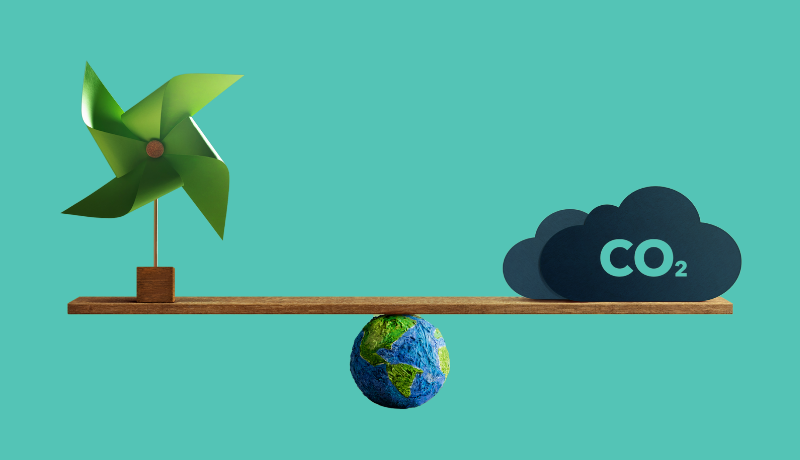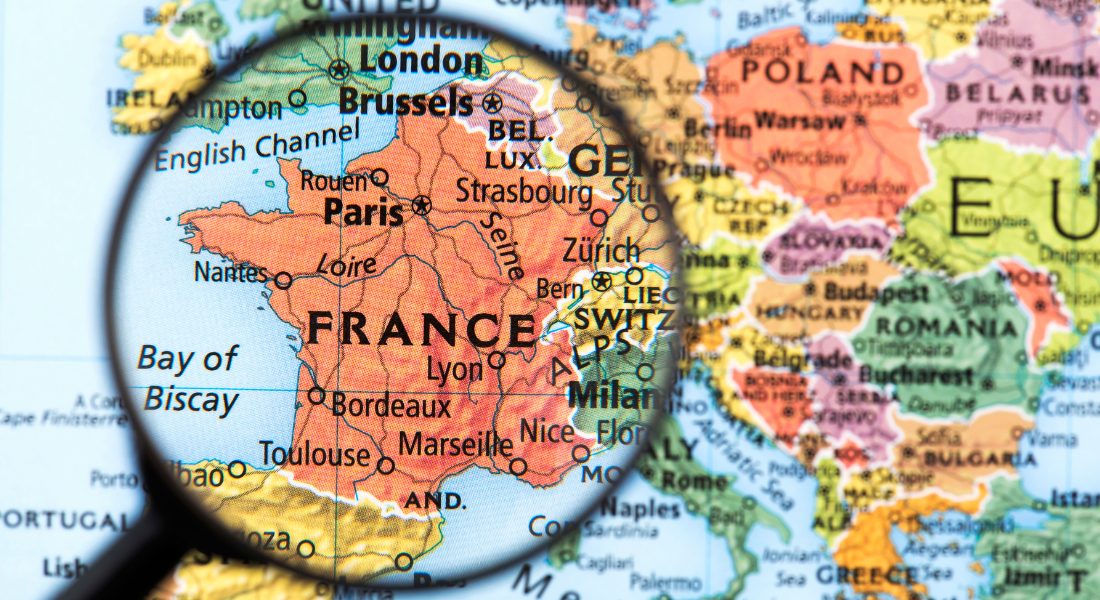Carbon Literacy - how are you and your business impacting the planet?
By Danny Ward
E arlier this year, I attended a one-day training course, hosted by Manchester Digital and delivered by the Carbon Literacy Project.
The Carbon Literacy Project is dedicated to informing and empowering people to take action on the climate emergency. I joined the course to learn how individuals and organisations can reduce their carbon footprint and how we can best communicate about environmental issues to others.
After the day had wrapped up, we were asked to share what we had learnt and make a commitment to reducing our own carbon footprint, as well as that of our workplace.
As I’m now officially ‘Carbon Literate’, I wanted to pass on some of my learnings from the day and share how businesses, particularly those in the digital and tech sectors, can take positive steps to reduce their emissions.
What does it mean to be Carbon Literate?
The Carbon Literacy Project describes Carbon Literacy as ‘an awareness of the carbon costs and impacts of everyday activities and the ability and motivation to reduce emissions, on an individual, community and organisational basis.’
During the training, we were encouraged to calculate our own environmental footprint using the WWF’s tool. This is a good place to start if you are unsure what impact your actions are having on the planet. I quickly realised my daily activities were putting me way above the average score – including my over-consumption of meat, online shopping habits and reliance on a car!
The Carbon Literacy Project’s intention is to ensure people are well-equipped to reduce their carbon footprint and encourage them to pass on their learnings to others, both in their workplace and the wider community.
The individual actions taken and pledged by learners will have an immediate impact – but the Project’s overall aim is to build on these actions, by creating a culture of Carbon Literacy.
Impact on businesses
The digital and tech sectors in particular have an important role to play in reducing emissions. During the training, we found out that the average internet user is currently generating approximately 400kg of CO2 emissions per year, through the energy required to create, store and share online content – including emails, web searches and video streaming.
The focus for tech and digital businesses needs to be on doing something to bring down these numbers, even if it is a small action. This might mean analysing their current emissions to understand where they can make changes. Or educating team members about their plans to lower emissions through the likes of Carbon Literacy training.
There are plenty of tools out there to make life easier too. For example, a website carbon calculator can tell you how much CO2 your website is generating each year and ways you can reduce energy usage. Creative businesses tend to rely on videos and images to showcase their work – but hosting these on your website generates a surprising amount of CO2.
At Fourth Day, we’ve made pledges to positively impact the planet and the communities around us. We released our first ESG strategy earlier this year, which outlines where we are on our journey and where we would like to be. You can find out more about it here.
Share this:





